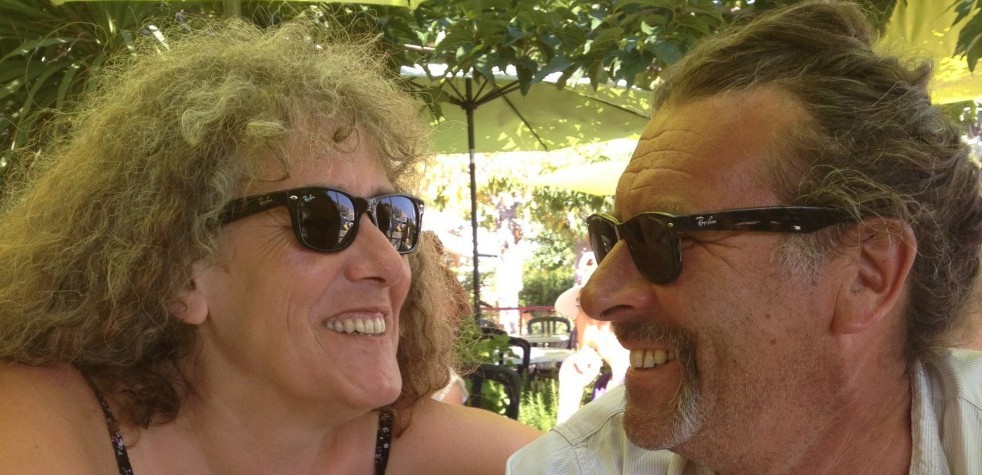We see that the most important finding is that our modelled wake loss is too small compared to those observed. Modelled follow-up losses are approximately 21% lower than those observed. This discrepancy represents a general bias in the existing estimate of Vaisala`s wake loss, which Vaisala corrects in an update to the method published this month. The good news is that the dots are pretty close to a straight line, so when the distortion is removed, the remaining random error among projects is only 16% of the estimated tracking loss. This is a direct estimate of the uncertainty of the wake loss estimate for projects similar to those in our validation dataset. And that`s lower than the uncertainty values that the industry traditionally attributes to wake losses, which account for about 20 to 30 percent of wake loss. And when it comes to financing wind projects and forecasting revenues, the uncertainty of the energy estimate is just as important as the estimate itself, so any reduction in uncertainty will have a significant positive impact on project financing and future revenues. « In addition, » he added, « turbine wakes can trigger turbulence that can lead to premature damage due to fatigue of turbine components. As a result, the original wind turbine in an area may face reduced energy production and higher failure rates as other wind turbines are built nearby. Vaisala recently conducted a validation study of its methods for estimating wake loss on seven onshore wind projects in the central United States. The operating projects ranged from « medium » (60 MW of installed capacity, or enough to power about 14,000 homes) to « large » (500 MW of installed capacity, or enough to power about 120,000 homes) and were all located in what most people would call nearly flat land. But even subtle terrain features can create spatial wind patterns that make it difficult to analyze the turbine wake.
The common pattern we observed was the slowing of the wind on the windward sides of the subtle protrusions of the terrain and the acceleration on the leeward sides. All of the projects we studied were built on and around these subtle prominences of the terrain, and this terrain-induced model thwarted (and sometimes exceeded) exactly what the wakes themselves created. It wasn`t until we took into account the effects of the terrain and suppressed their signal that we were able to get a clean, isolated wake loss signature. From there, we were able to run our wake loss model and make a real comparison. She added: « Currently, the guards are not managed, but it may be time to consider putting coordination in place. » « It`s not all the time. It`s predictable, » said Daniel Kaffine of CU Boulder. « Atmospheric simulation modeling gives us insight into how we can predict how these wake effects will occur, when they will occur and how big they will be, and so we can say something about when we are likely to see these phenomena. » The study, conducted by researchers from the University of Colorado, Boulder (CU Boulder), the University of Denver and the National Renewable Energy Laboratory, combined atmospheric modeling with economic and legal analysis to document the wake-up effects of two wind farms in West Texas. You write that efforts so far to combat wind turbine wakes by U.S. politicians have been limited to the development of rules underway at the Minnesota Public Utilities Commission and bills introduced in Congress that would fund research to combat wake effects. Globally, the prolonged wake effects observed for offshore wind farms could lead to wind turbine wakes that transcend national borders and trigger the need for international management of the problem.
Enter « Energy Efficiency Estimation »: a sophisticated calculation that uses on-site wind measurements and wind flow modeling to estimate the amount of electrical energy the site will produce over the life of the project. On the positive side of the balance, there is the wind itself and the ability of modern turbines to convert this raw energy into electrical energy. On the negative side, there are the many ways mother nature and the laws of physics work to reduce energy efficiency: in other words, « losses. » The figure on the left shows an example of wind turbines modeled by Vaisala for a specific wind project. Many of these models have been validated against real measurements, but usually only under idealized conditions. In the real environment, where prevailing wind speeds, directions and atmospheric stability are constantly changing, turbine protectors interact with each other in complicated ways; They are not isolated and durable. .
